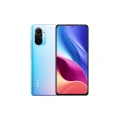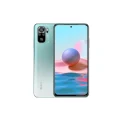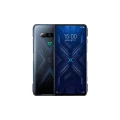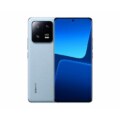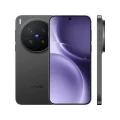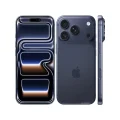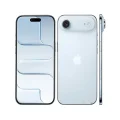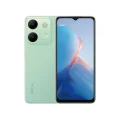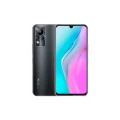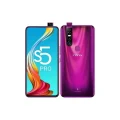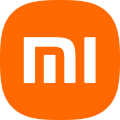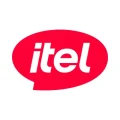- Home
- All Products
- Xiaomi
- Xiaomi Poco X3 Pro
Xiaomi Poco X3 Pro
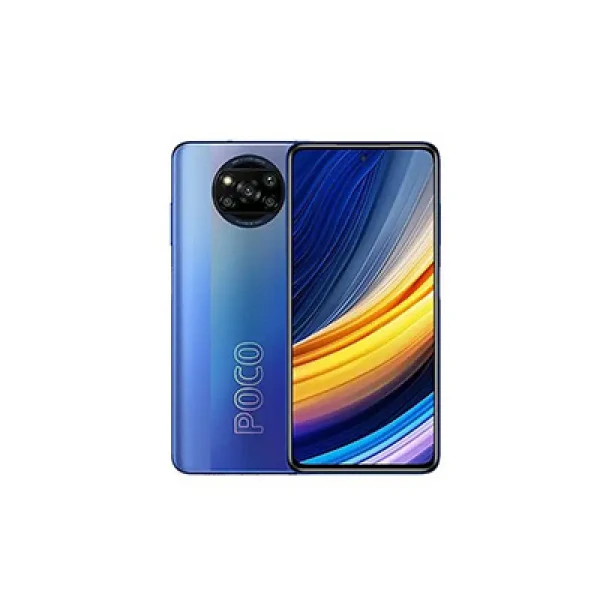

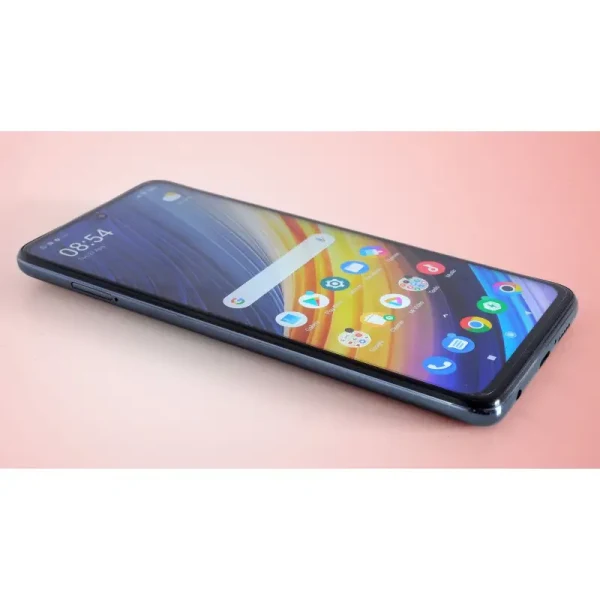
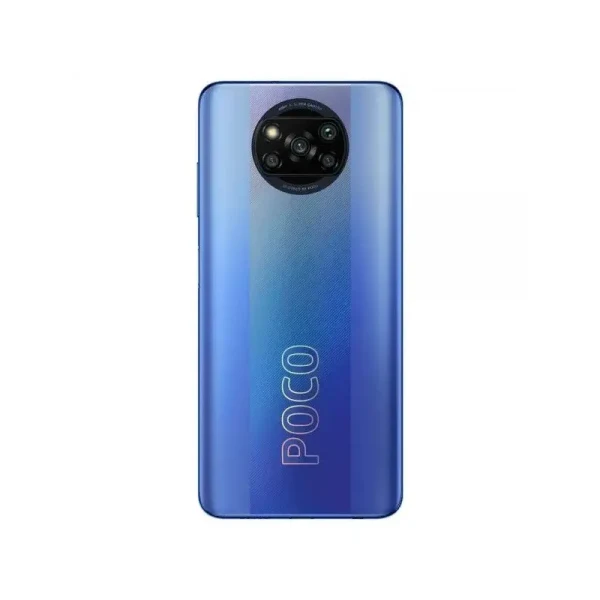
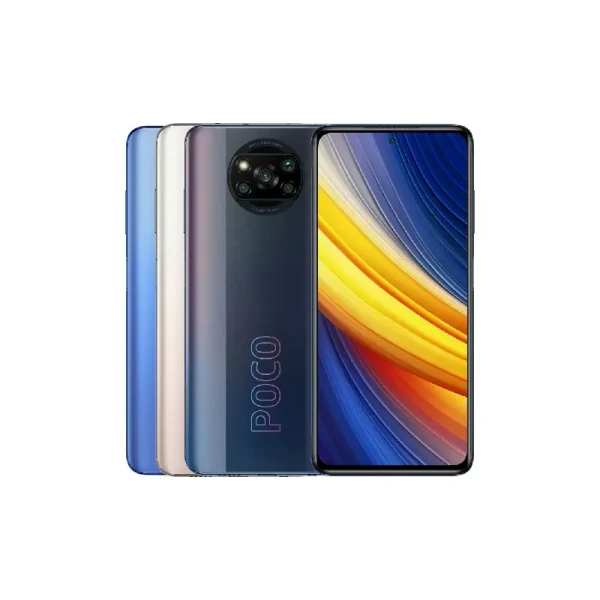
-
Battery: Li-Po 5160 mAh
-
RAM: 6GB, 8GB, 6GB, 8GB
-
Storage: 128GB, 128GB, 256GB, 256GB
-
Display: IPS LCD, 6.67 inches
-
Camera: Rear 48 MP+8 MP+2 MP+2 MP, and Front 20 MP
-
OS: Android 11, upgradable to Android 12, MIUI 13 for POCO
Full Specifications
Price
| Official | 29999 BDT 6GB/128GB Approx. |
General
| Model | Xiaomi Poco X3 Pro |
| Announced | 2021, March 22 |
| Released | 2021, March 24 |
| Status | Available |
Design
| Dimensions | 165.3 x 76.8 x 9.4 mm (6.51 x 3.02 x 0.37 in) |
| Weight | 215 g (7.58 oz) |
| SIM SIM (Subscriber Identity Module) is a small card that contains mobile network subscriber's account information. This allows the phone using the card to attach to a mobile network. The SIM card is most commonly associated with GSM and UMTS mobile networks. Moving a SIM card from one phone to another allows a subscriber to switch mobile phones without having to contact their mobile network carrier. SIM cards can also be used by a phone to store limited amounts of data, such as phone numbers and text messages. |
Hybrid Dual SIM (Nano-SIM, dual stand-by) IP53, dust and splash resistant |
| Colors |
Phantom Black, Frost Blue, Metal Bronze |
Display Specification
| Display Type Display Technology => A number of display technologies and types used in mobile phones => TFT (Thin Film Transistor), IPS (In-Place Switching), OLED (Organic Light Emitting Diode), AMOLED (Active-Matrix Organic Light-Emitting Diode), Super AMOLED (an even advanced version of AMOLED), Resistive Touchscreen (Resistive touchscreens contain two layer of conductive material with a very small gap between them which acts as a resistance), Capacitive Touchsceen (Capacitive touchscreen technology consists of a layer of glass coated with a transparent conductor) | IPS LCD |
| Size | 6.67 inches, 107.4 cm2 |
| Resolution | 1080 x 2400 pixels, 20:9 ratio |
| Refresh Rate | 120Hz |
| Pixel Density Pixel Density (PPI) is refers to the concentration of pixels on a particular display, measured in pixels per inch (ppi). Pixel density is calculated by dividing the diagonal pixel resolution of a display by its diagonal size, higher pixel density better display quality. | 395 ppi density |
| Display Protection Display Protection => Gorilla Glass is a special alkali-aluminosilicate glass shield with exceptional damage resistance that helps protect mobile displays from scratches, drops, and bumps of everyday use, It is always better to go for a smartphone with Gorilla Glass for that added protection and peace of mind. | Corning Gorilla Glass 6 |
| Features |
HDR10, 450 nits (typ) 84.6% screen-to-body ratio |
Platform
| Operating System OS => Every computer system run on a base software called Operating System (OS). Operating System controls all basic operations of the computer (such as smartphone, PDAs, tablet computers and other handheld devices). The Operating System allows the user to install and run third party applications (apps), apps are used to add new functionality to the device. | Android 11, upgradable to Android 12, MIUI 13 for POCO |
| Chipset Chipset is a group of integrated circuits designed to perform one or a more dedicated functions, often with real time computing constraints, Popular smartphones are equipped with more advanced embedded chipsets that can do many different tasks depending on their programming. | Qualcomm Snapdragon 860 (7 nm) |
| CPU CPU (Central Processing Unit) mostly known as processors, CPU processes instructions in order to carry out certain functions that make your device operate properly. Processors are often described as the brain of computers, smartphones and tablets, Smartphones and tablets rely on processors to carry out their every task, Processors are an incredibly important factor in selecting any type of computing device, including your smartphone. | Octa-core (1x2.96 GHz Kryo 485 Gold & 3x2.42 GHz Kryo 485 Gold & 4x1.78 GHz Kryo 485 Silver) |
| GPU GPU (Graphics Processing Unit) is a single-chip processor designed to rapidly manipulate and alter memory to accelerate the creation of images in a frame buffer intended for output to a display, This includes things such as lighting effects, object transformations, and 3D motion. | Adreno 640 |
Main Camera
| Camera Setup | Quad |
| Resolution |
48 MP, f/1.8, (wide), 1/2.0", 0.8µm, PDAF 8 MP, f/2.2, 119˚ (ultrawide), 1.0µm 2 MP, f/2.4, (macro) 2 MP, f/2.4, (depth) |
| Features |
Dual-LED flash, HDR, panorama |
| Video | 4K@30fps, 1080p@30/60/120/240fps, 1080p@960fps, gyro-EIS |
Selfie Camera
| Camera Setup | Single |
| Resolution |
20 MP, f/2.2, (wide), 1/3.4", 0.8µm |
| Video | 1080p@30fps |
| Features |
HDR, panorama |
Network & Connectivity
| Technology | GSM / HSPA / LTE |
| Speed | HSPA, LTE (CA) |
| Wi-fi Wi-Fi is a popular wireless networking technology using radio waves to provide high-speed network connections that allows devices to communicate without cords or cables, Wi-Fi is increasingly becoming the preferred mode of internet connectivity all over the world. | Wi-Fi 802.11 a/b/g/n/ac, dual-band, Wi-Fi Direct |
| Bluetooth Bluetooth is a wireless communications technology for exchanging data between mobile phones, headsets, computers and other network devices over short distances without wires, Bluetooth technology was primarily designed to support simple wireless networking of personal consumer devices. | 5.0, A2DP, LE |
| NFC NFC (Near field communication) is a set of standards for smartphones and similar devices to establish peer-to-peer radio communications with each other by touching them together or bringing them into proximity, usually no more than a few inches. | Yes |
| Positioning |
GPS, GLONASS, GALILEO, BDS |
| FM Radio | Yes |
| Infrared port | Yes |
| USB | USB Type-C 2.0, OTG |
| 2G Network |
GSM 850 / 900 / 1800 / 1900 - SIM 1 & SIM 2 |
| 3G Network |
HSDPA 850 / 900 / 1700(AWS) / 1900 / 2100 |
| 4G Network |
1, 2, 3, 4, 5, 7, 8, 20, 28, 38, 40, 41 - International 1, 2, 3, 5, 8, 38, 40, 41 - India |
Battery
| Battery Type Battery Type => Cell phones run on various kinds of batteries depending on the manufacturer, phone size or shape and features. There are basically four types of cell phone batteries => Lithium Polymer, Lithium Ion, Nickel Metal Hydride and Nickel Cadmium. | Li-Poly (Lithium Polymer) |
| Capacity Battery Capacity is a measure (typically in Amp-hr) of the charge stored by the battery, and is determined by the mass of active material contained in the battery. The battery capacity represents the maximum amount of energy that can be extracted from the battery under certain conditions. | 5160 mAh |
| Removable | No |
| Charging |
33W wired, 59% in 30 min, 100% in 59 min (advertised) |
| Wireless Charging Wireless Charging (Inductive Charging) uses an electromagnetic field to transfer energy between two objects. This is usually done with a charging station. Energy is sent through an inductive coupling to an electrical device, which can then use that energy to charge batteries or run the device. | No |
Multimedia
| Loudspeaker | Yes, with stereo speakers |
| Audio Jack | Yes |
| Audio Features |
24-bit/192kHz Hi-Res audio |
Storage
| Card Slot Memory Card Slot is a special slot for inserting a memory card. Memory cards allow you to expand the phone's built-in memory, A memory card (sometimes called a flash memory card or a storage card) is a small storage medium used to store data such as text, pictures, audio, and video, for use on small, portable or remote computing devices such as mobile phones, mp3 players, digital cameras. | microSDXC (uses shared SIM slot) |
| Internal Storage Internal Storage is a data storage space (flash memory) mostly used in smartphones, tablets and other electronic devices where operating system, apps, music, photos, videos, files and other user data Is stored. |
128GB 6GB RAM, 128GB 8GB RAM, 256GB 6GB RAM, 256GB 8GB RAM UFS 3.1 |
Sensors
| Fingerprint | Yes (side-mounted) |
| Other Sensors | accelerometer, gyro, proximity, compass |
Xiaomi Poco X3 Pro Overview
Released on March 24, 2021, the Xiaomi Poco X3 Pro is a sturdy and powerful mid-range smartphone weighing 215g with a thickness of 9.4mm. It runs on Android 11, which is upgraded to Android 12 with MIUI 13 for POCO. The phone offers storage options of 128GB or 256GB, with support for microSDXC via a shared SIM slot. The 6.67-inch IPS LCD display features a 120Hz refresh rate and HDR10, delivering smooth and vivid visuals.
Performance and Features
Powered by the Snapdragon 860 chipset and up to 8GB of RAM, the Poco X3 Pro provides fast performance for everyday tasks and gaming. It features a quad-camera system, including a 48MP main camera, an 8MP ultrawide lens, and two 2MP sensors for macro and depth photography. The phone supports 4K video recording, while the 20MP front camera ensures high-quality selfies. The 5160mAh battery supports 33W fast charging, allowing a full charge in 59 minutes.
Reasons to Buy the Xiaomi Poco X3 Pro
- High Refresh Rate Display: The 6.67-inch display with 120Hz refresh rate and HDR10 ensures smooth and vibrant visuals.
- Powerful Processor: Snapdragon 860 delivers top-tier performance for gaming and multitasking.
- Fast Charging: The 33W wired charging can fully charge the device in just 59 minutes.
- Quad-Camera Setup: Capture versatile photos with the 48MP main camera, ultrawide, macro, and depth sensors.
- Affordable Pricing: Offers excellent value for its price range.
Opinions
The Xiaomi Poco X3 Pro is well-regarded for its excellent performance, long battery life, and smooth display, making it a solid option for users seeking a reliable mid-range device with gaming capabilities.
Explore Other Xiaomi Models
FAQs about Xiaomi Poco X3 Pro
Q: What display does the Poco X3 Pro have?
Answer: The Poco X3 Pro features a 6.67-inch IPS LCD display with a Full HD+ resolution of 1080 x 2400 pixels, a 20:9 aspect ratio, and a 120Hz refresh rate. It supports HDR10 and has a typical brightness of 450 nits. The display is protected by Corning Gorilla Glass 6.
Q: What processor powers the device?
Answer: The Poco X3 Pro is powered by the Qualcomm Snapdragon 860 chipset, which is an octa-core processor based on the 7nm process technology.
Q: What are the RAM and storage options?
Answer: The Poco X3 Pro comes in four configurations: 6GB RAM + 128GB storage, 8GB RAM + 128GB storage, 6GB RAM + 256GB storage, and 8GB RAM + 256GB storage. It uses UFS 3.1 storage and has a dedicated microSD card slot for expansion.
Q: What are the camera specifications?
Answer: The Poco X3 Pro has a quad-camera setup on the rear, featuring a 48MP primary sensor with PDAF, an 8MP ultra-wide-angle lens, a 2MP macro lens, and a 2MP depth sensor. On the front, it has a 20MP selfie camera.
Q: Can it record high-resolution video?
Answer: Yes, the Poco X3 Pro can record 4K videos at 30fps, and 1080p videos at up to 960fps slow motion, and also supports gyro-EIS for stabilization.
Q: What is the battery capacity and charging speed?
Answer: The Poco X3 Pro is equipped with a large 5,160mAh battery that supports 33W wired fast charging. Xiaomi claims it can charge the battery from 0 to 59% in 30 minutes and 100% in 59 minutes.
Q: Does it have an IP rating for water and dust resistance?
Answer: Yes, the Poco X3 Pro has an IP53 rating, which means it is partially protected against dust and splash resistance.
Q: What are the available color options?
Answer: The Poco X3 Pro is offered in three color variants: Phantom Black, Frost Blue, and Metal Bronze.
Q: Does it support 5G connectivity?
Answer: No, the Poco X3 Pro does not support 5G connectivity. It is a 4G LTE device.
Q: What audio features does it offer?
Answer: The Poco X3 Pro has stereo speakers and retains the 3.5mm headphone jack. It also supports 24-bit/192kHz Hi-Res audio for enhanced audio experience.
Give Your Review
Disclaimer Note
You can write your own disclaimer from APS Settings -> General -> Disclaimer Note.

